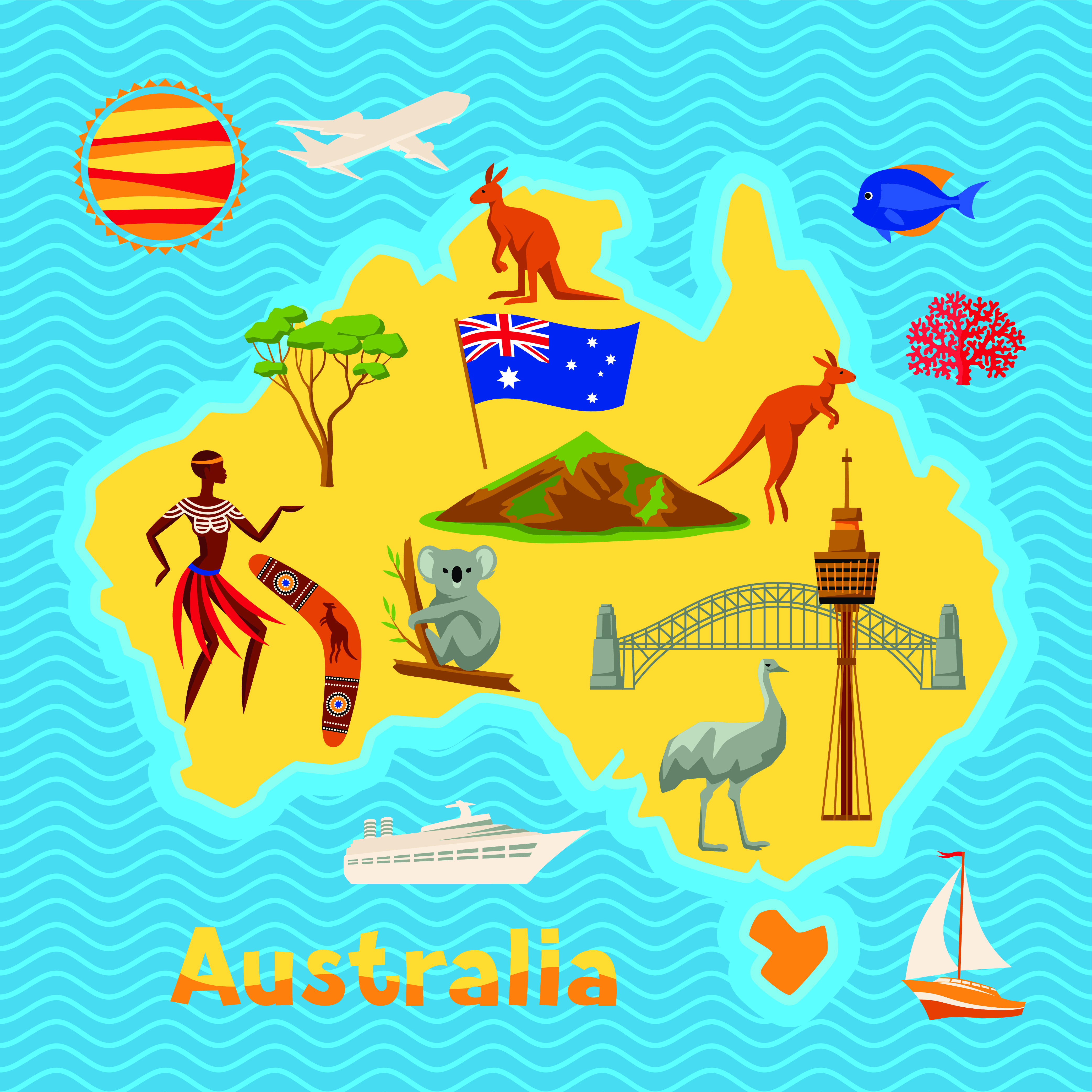Published 5 May 2023

A new research paper analysing 201 drowning deaths in international visitors over a ten-year period has found overseas tourists were the most likely to drown compared to other visitors to Australia.
The research, published in the Australian and New Zealand Journal of Public Health, examined the factors in drowning deaths from 2008 to 2018 for four categories of visitor: overseas tourists, international students, work-related visitors and working holiday makers.
The characteristics of drowning among different types of international visitors to Australia and how this contributes to their drowning risk found men were overrepresented and most drowning deaths occurred in summer.
Overall, visitors from China (14.4%), the United Kingdom (11%) and the United States (9.5%) had the highest proportions of drowning deaths.
Lead author, Royal Life Saving Society – Australia’s Stacey Willcox-Pidgeon said the research found international visitors had unique safety needs based on their purpose of travel, country of original, location they are visiting and aquatic activities they are undertaking. These findings support the need for tailored prevention programs to increase water safety for our international visitors.
“International visitors represent a small but increasing proportion of people drowning in Australia,” Ms Willcox-Pidgeon said.
“To achieve the Australian Water Safety Strategy 2030 goal of reducing drowning by 50 per cent by 2030, we need to refine our prevention strategies for international visitors.
“Males and people aged 25-34 most commonly drowned, with almost half of all international visitor drowning deaths occurring in Queensland.
“More than 40 per cent of all those who died were swimming at the time. Location of drowning differed between the groups, with overseas tourists most commonly drowning at beaches, whereas international students and work-related visitors were more likely to drown at a river or lake.
“For overseas tourists specifically, a similar proportion died while swimming (38%) and diving (35.7%).
“The research highlights the need to do more to raise the awareness of water safety among international visitors.”
The research was a collaborative study between Royal Life Saving, James Cook University and the University of New South Wales researchers.
The full research paper is published in Australian and New Zealand Journal of Public Health.
